Skills Born From Demand
During the Second World War, Japan experienced countless air-raids from allied bombers, which dropped numerous bombs and sea-mines in hopes of depriving the island nation of its wartime capabilities.
Consequently, postwar Japan was littered with unexploded ordnance that continues to be discovered across the country to this day.
Whereas sea-mines are dealt by the JMSDF’s minesweeping units, the so-called “duds” excavated on land are defused by ordnance disposal units of the Ground Self-Defense Force (JGSDF).
Despite being 80 years since the end of the war, approximately 1,000 undetonated ordnance show up annually, with the majority being bombs dropped by the US military.
These usually resurface at urban construction sites and are equipped with fuses that failed to activate upon impact, causing the bombs to remain dormant.
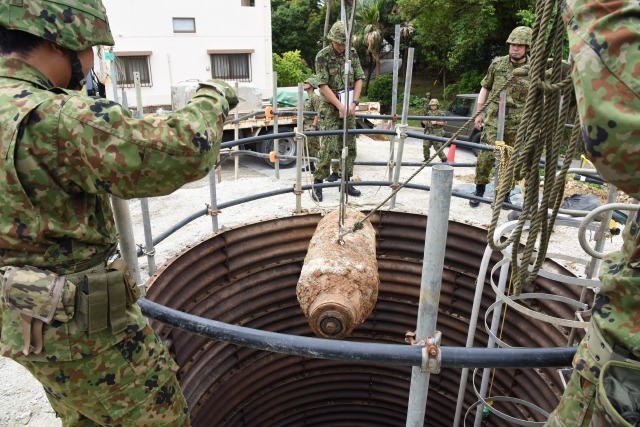
JGSDF lifting an unexploded ordnance (photo: JGSDF)
After evacuating civilians from the surrounding area, the ordnance disposal unit would cautiously remove the fuse to minimize the risk of detonation. Next, they are transported to a designated area for controlled detonation, but if the bombs are too heavy or cannot be moved for some reason, JGSDF will opt for on-site detonation.
Adding to these US-dropped bombs, abandoned explosives belonging to the former Japanese military and shells fired from naval battleships are sometimes discovered, though defusing procedures are basically the same.
Five Specialized Units
JGSDF currently has five explosive ordnance disposal units, consisting of specialized personnel trained at Ordnance Schools. The five units are stationed across the nation and they have maintained a 100% success rate over the years.
Needless to say, defusing a bomb requires high-level expertise as well as dauntless tenacity, and is one of the most dangerous jobs within the JGSDF.
So, how well are these specialized units paid?
When it comes to allowances, the amount varies depending on the actual task performed and the rank of the personnel involved. For instance, low-ranking soldiers who normally undertake the risk of removing detonators would receive a maximum daily allowance of 14,000 Yen or 100 USD.
Compared to the level of danger involved in such work, this amount is regarded as inadequate and not worth the life-threatening effort. Moreover, the allowance drops to 250〜750 Yen (2〜6 USD) if the mission ends up in activities like searching for the explosives.
101st Ordnance Disposal Unit
Among the five specialized units, the 101st Explosive Ordnance Disposal Unit stationed in Okinawa is regarded as the best in terms of both skill and accomplishments.
This is largely due to the tragic Battle of Okinawa (1945) which saw intense shelling and naval bombardments known as the “iron rain” by the locals.
Following the three-month land battle, unexploded ordnance littered the ground of Okinawa, making the relatively small prefecture account for over 40% of the total disposal cases in Japan.
Such tragic background led to the 101st Unit to deploy at a significantly higher frequency than others, contributing to the exponential growth of their capabilities.
Though the 101st Unit only has about 20 members, the cumulative number of deployments has exceeded 35,000 times, and they have already disposed over 1,700 tons of unexploded ordnance.
But, even this number is far from achieving “complete removal” and the 101st Unit continues to face around 20 tons of ordnance each year with no end in sight.
Of course, the issue of finding unexploded ordnance is not limited to Japan, and other countries such as Germany and Vietnam has similar predicaments.
However, alike the case with sea-mines, the annual discovery of 1,000 explosives have inevitably placed the JGSDF at the forefront when it comes to safely removing detonators from unexploded ordnance.
Japan’s Self-Defense Forces seem to excel in this field, and their expertise is invaluable for other countries grappling with unexploded ordnance, resulting in transferring knowledge as a part of capacity-building support.


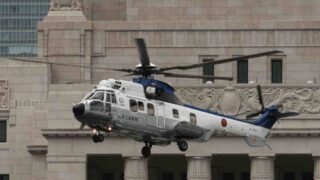
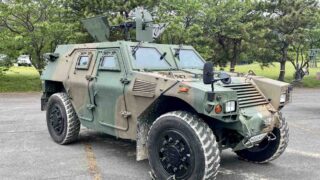
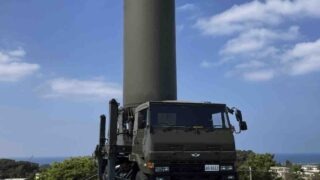
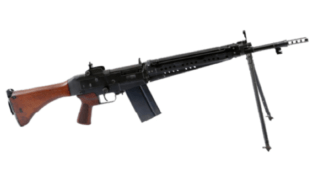
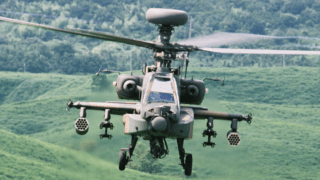
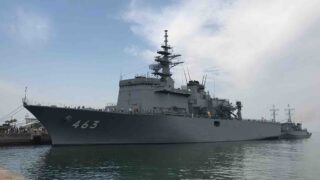
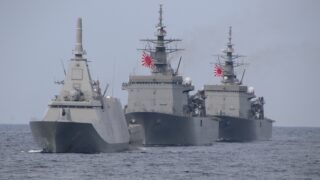

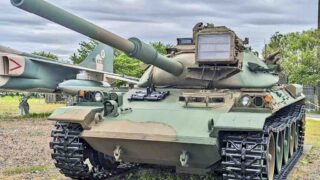
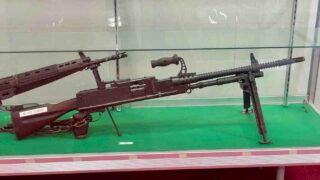
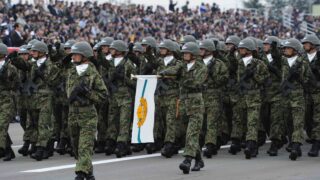
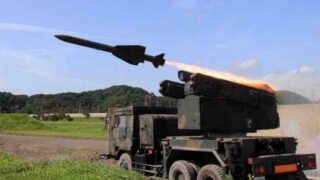
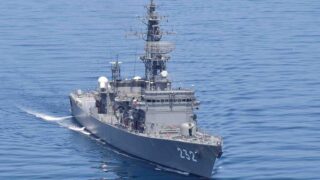
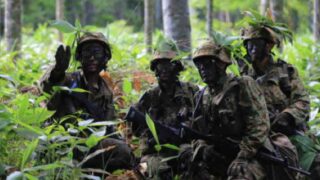
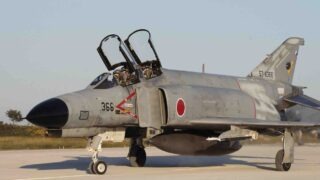

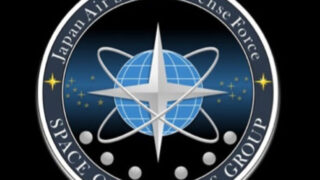
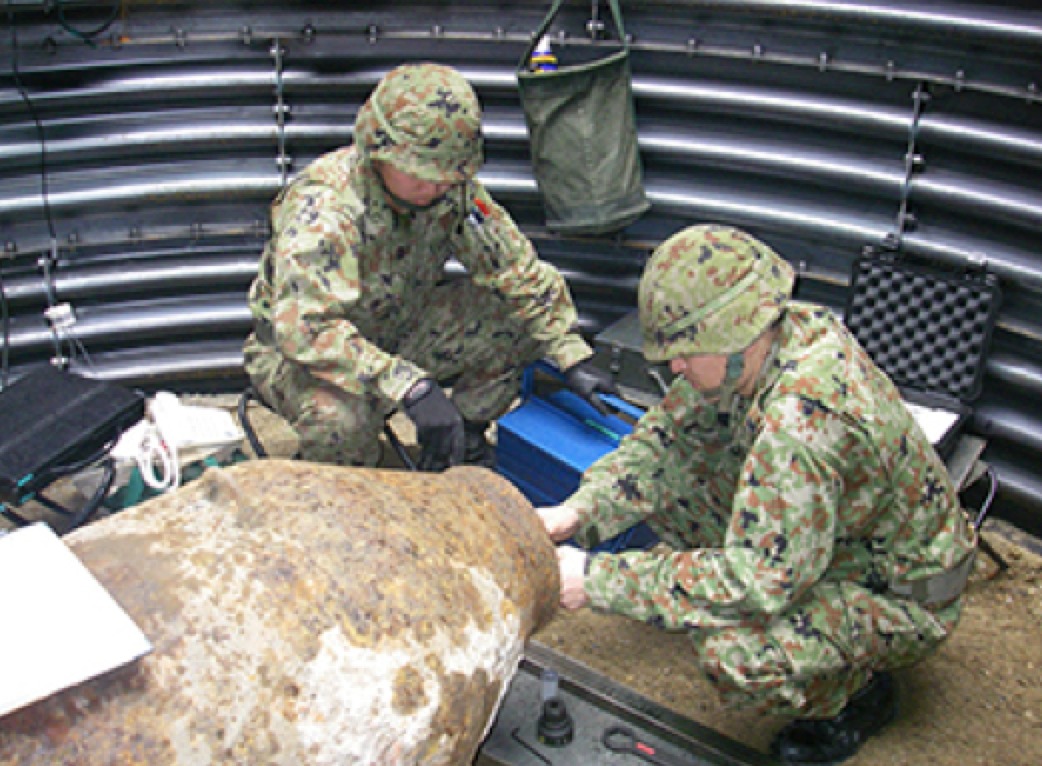
Comments